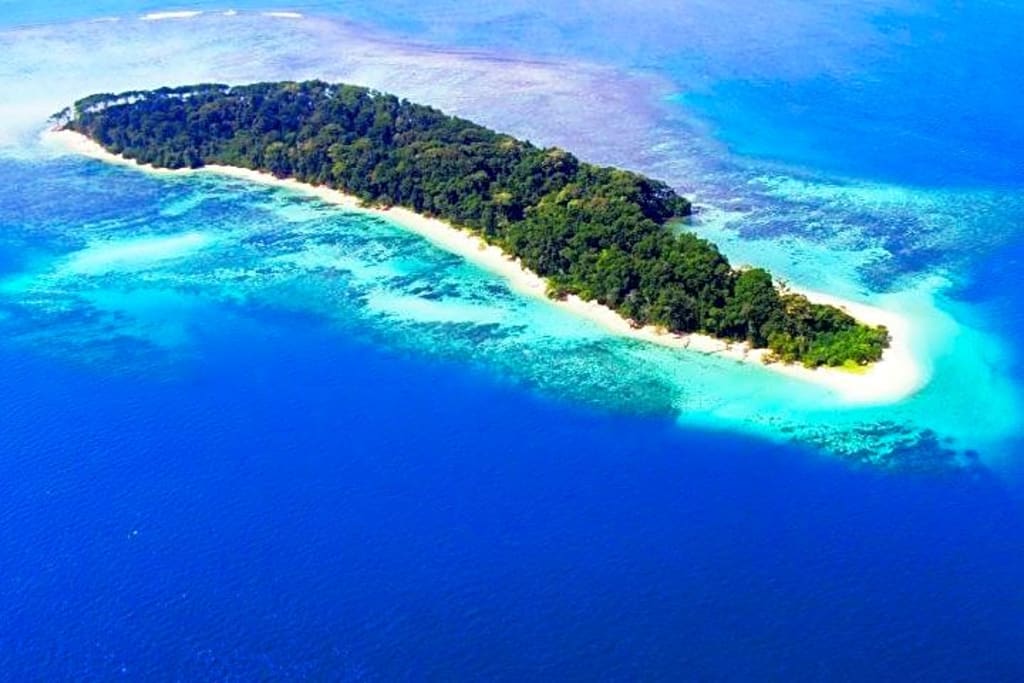Biodiversity and Ecotourism: Opportunities and Challenges in India
Introduction

India, with its rich tapestry of ecosystems, is a global hotspot of biodiversity. From the towering peaks of the Himalayas to the lush forests of the Western Ghats, and from the arid expanses of the Thar Desert to the vibrant coral reefs of the Andaman Islands, India's biodiversity is both vast and varied. This natural wealth offers significant opportunities for ecotourism, a sustainable form of travel that seeks to conserve the environment and improve the well-being of local people. However, the promotion and development of ecotourism in India come with their own set of challenges.
Opportunities in Ecotourism
Ecotourism presents several opportunities for India, not only in terms of environmental conservation but also socio-economic development.
1. Conservation Funding:
Ecotourism can generate crucial funding for conservation projects. Entrance fees, guided tours, and eco-lodges create revenue streams that can be reinvested into the maintenance and protection of natural habitats. For instance, the Ranthambore National Park, renowned for its tiger population, utilises funds from tourism to support anti-poaching efforts and habitat restoration.
2. Community Empowerment:
Ecotourism can empower local communities by providing alternative livelihoods that are less harmful to the environment. In many parts of India, local populations are engaged in guiding, hospitality, and crafting, which promotes cultural exchange and appreciation while ensuring that economic benefits stay within the community. The homestays in Sikkim and the eco-villages in Kerala are exemplary models of how local involvement can enhance the ecotourism experience.
3. Environmental Education:
Ecotourism fosters environmental awareness among tourists. Guided tours and interpretative programs in parks and reserves educate visitors about biodiversity and conservation issues, fostering a greater appreciation for nature. This, in turn, can lead to more environmentally conscious behaviour among tourists.
4. Preservation of Cultural Heritage:
Ecotourism often involves the promotion of indigenous cultures and traditions. By highlighting the cultural heritage of local communities, ecotourism helps preserve traditional practices and crafts that might otherwise be lost. The promotion of tribal art in Madhya Pradesh and the traditional festivals of Nagaland are notable examples.
Challenges in Ecotourism
While the benefits of ecotourism are significant, there are also numerous challenges that need to be addressed to ensure its sustainability and effectiveness.
1. Environmental Degradation:
Ironically, increased tourism can lead to environmental degradation. The influx of visitors can strain local resources, leading to waste management issues, pollution, and habitat disturbance. Popular ecotourism sites like Manali and Goa have faced such problems, where the carrying capacity of the environment is often exceeded.
2. Commercialisation and Loss of Authenticity:
The commercialisation of ecotourism can lead to the loss of its core values. Overdevelopment and the creation of artificial experiences can undermine the authenticity of ecotourism. This not only dilutes the visitor experience but also can result in environmental harm. In some cases, local communities may be marginalised as larger businesses move in to capitalise on tourism potential.
3. Inadequate Infrastructure:
Many ecotourism destinations in India suffer from inadequate infrastructure. Poorly maintained roads, lack of waste disposal systems, and insufficient accommodation facilities can hinder the growth of ecotourism. Additionally, the lack of trained personnel in sustainable tourism practices can impact the quality of the tourist experience and the effectiveness of conservation efforts.
4. Policy and Regulation Challenges:
There are often gaps in policy and regulation that hamper the effective management of ecotourism. Inconsistent enforcement of environmental regulations, coupled with bureaucratic hurdles, can slow down conservation initiatives. Moreover, the lack of a cohesive national strategy for ecotourism means that efforts are often fragmented and uncoordinated.
Case Studies
Several regions in India highlight both the potential and the challenges of ecotourism.
Sundarbans:
The Sundarbans, the world's largest mangrove forest and a UNESCO World Heritage Site, is a prime example. Ecotourism here focuses on the unique mangrove ecosystem and the endangered Bengal tiger. While tourism provides a vital source of income for local communities, it also poses risks to this fragile environment. Efforts are ongoing to balance tourism with conservation, including controlled visitor numbers and stringent waste management practices.
Kaziranga National Park:
Kaziranga National Park in Assam, home to the largest population of the Indian one-horned rhinoceros, showcases how ecotourism can support conservation. The park's tourism model involves local communities in guiding and managing guest facilities, ensuring that economic benefits are shared. However, the park also faces challenges such as poaching and habitat erosion, necessitating continuous efforts to protect its biodiversity.
Andaman and Nicobar Islands:
The Andaman and Nicobar Islands offer a unique blend of marine and terrestrial biodiversity. Ecotourism initiatives here include snorkelling, diving, and eco-friendly beach resorts. The emphasis on low-impact activities helps protect the delicate coral ecosystems. However, the islands also struggle with issues like plastic pollution and the impacts of climate change, which threaten both the environment and the tourism industry.
Moving Forward
To maximise the opportunities and mitigate the challenges of ecotourism, India needs a multifaceted approach.
1. Sustainable Practices:
Adopting and promoting sustainable tourism practices is crucial. This includes setting and enforcing limits on visitor numbers, implementing effective waste management systems, and promoting eco-friendly accommodations. Training programs for local communities and stakeholders in sustainable practices can enhance the overall impact of ecotourism.
2. Strengthening Policies:
Developing a cohesive national policy on ecotourism can provide a clear framework for sustainable development. This policy should integrate conservation goals with tourism development, ensuring that environmental protection is prioritised. Effective regulation and monitoring systems are essential to enforce these policies.
3. Community Involvement:
Ensuring the active participation of local communities in ecotourism projects is vital. This can be achieved through capacity-building initiatives, providing financial incentives, and involving communities in decision-making processes. When local populations benefit directly from tourism, they are more likely to engage in conservation efforts.
4. Enhancing Infrastructure:
Investing in infrastructure that supports sustainable tourism is necessary. This includes improving access to remote ecotourism sites, developing eco-friendly transportation options, and ensuring the availability of basic amenities. Infrastructure development should always consider environmental impacts and aim to minimise them.
Conclusion
while ecotourism offers significant opportunities for biodiversity conservation and socio-economic development in India, it also presents substantial challenges. A balanced approach that integrates sustainable practices, robust policies, community involvement, and infrastructure development is essential to harness the full potential of ecotourism. With careful planning and management, India can continue to be a global leader in biodiversity conservation and ecotourism, showcasing its natural and cultural heritage to the world while ensuring its preservation for future generations.
About the Creator
Enjoyed the story? Support the Creator.
Subscribe for free to receive all their stories in your feed. You could also pledge your support or give them a one-off tip, letting them know you appreciate their work.





Comments
There are no comments for this story
Be the first to respond and start the conversation.